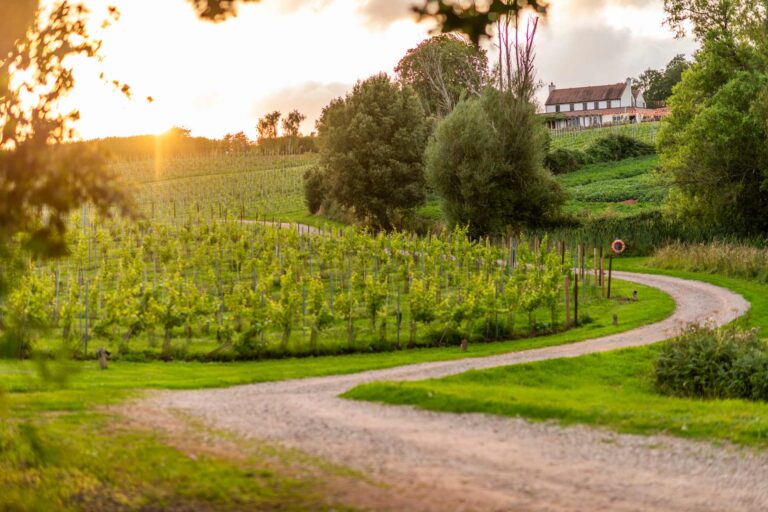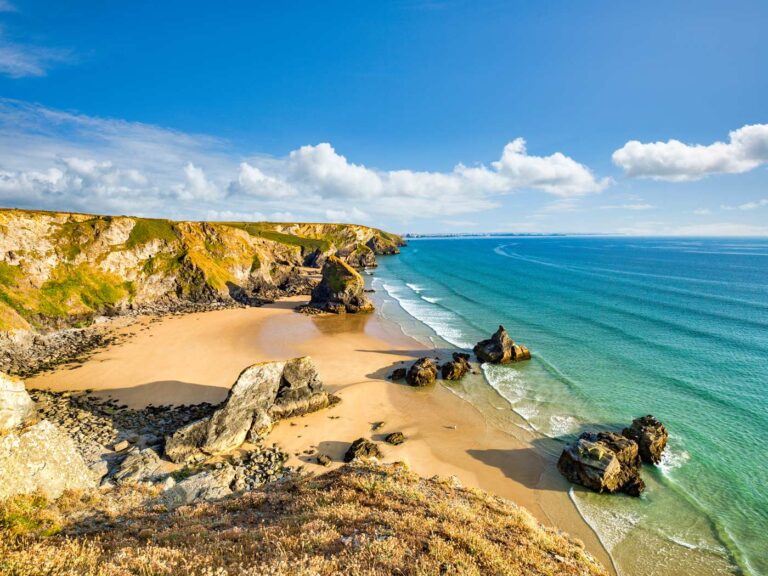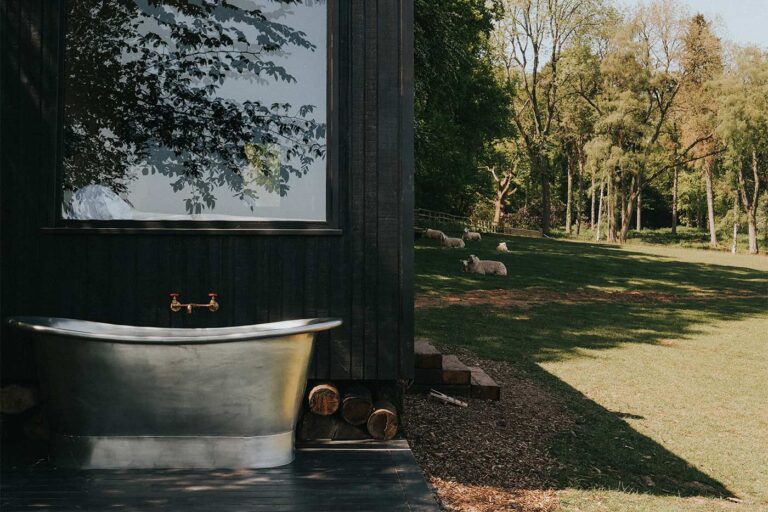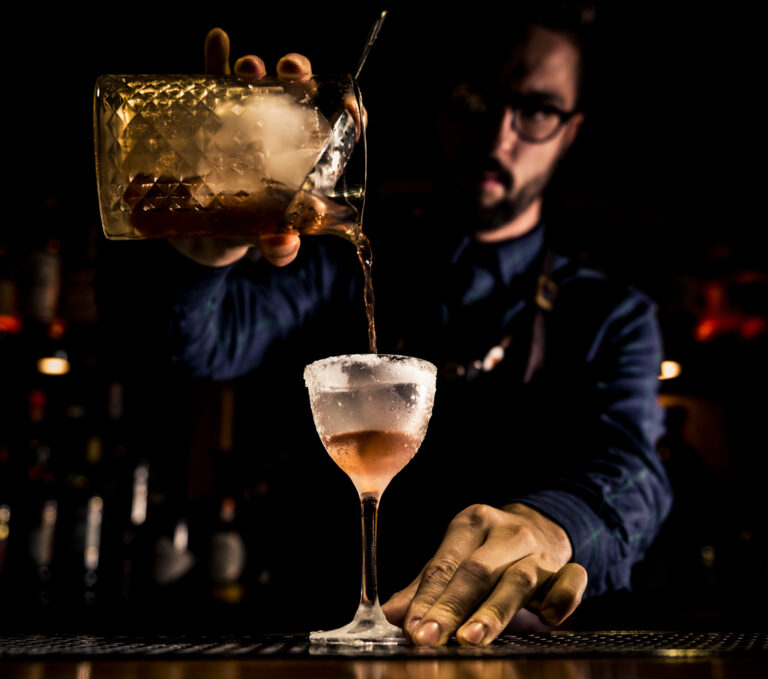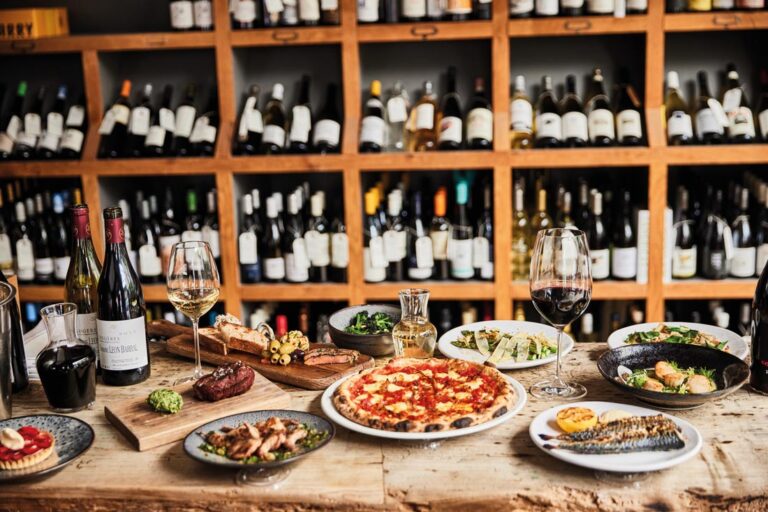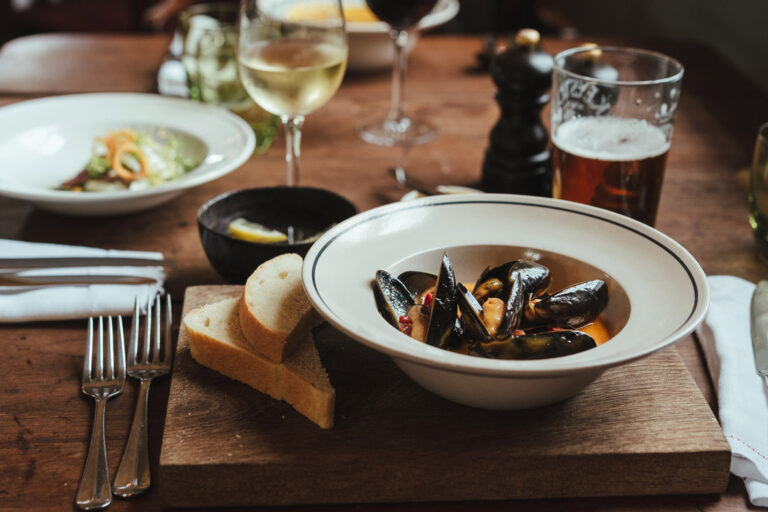- Myth busters
What the cheesemonger wishes you knew

World Cheese Awards judge Anthony Johns of Johns of Instow and Appledore in Devon reveals why Christmas stilton is especially good, and why it makes sense to serve cheese like us Brits
1. DON’T BE AFRAID TO SAMPLE
Cheesemongers love to talk cheese – there’s always a story behind each variety, including how it’s made and where. Ask for a taste before you buy so you get something you’ll really enjoy.
2. CHEESE AGES WELL
Cheese is a form of preserving milk: in ancient times, without refrigeration, they had to come up with a way of keeping milk throughout the year. By reducing moisture the cheese lasts longer and, as it ripens, the quality improves. A cheap mild cheddar, for instance, will be rubbery but a good cheddar, aged for 18 months, will be hard and last longer.
3. THERE’S A REASON THE GOOD STUFF COSTS MORE
It takes around 80 litres of raw whole milk to make 8kg of good stilton and this will be reflected in the price. Handcrafted and local cheeses may cost twice as much per kg than mass-produced versions, but you only need to eat half the amount to feel satiated – and the experience is incomparable.
4. STILTON AT CHRISTMAS IS MORE THAN JUST TRADITION
A tasty blue with a glass of port in front of the fire is a seasonal classic but that’s not the only reason we eat stilton at Christmas. The cheese takes around nine to 12 weeks to mature from when the milk was produced. The cows eat the lushest grass in summer, which is why the winter version (12 weeks later) always tastes best.
5. WINE ISN’T THE ONLY PERFECT PAIRING
Try a dry fizz with a fresh brie, a hoppy ale with an aged gruyere, crisp cider with cheddar or sloe gin with blue cheese.
6. DO IT LIKE THE BRITS
Traditionally, hard and blue cheeses (like cheddar and stilton) are served after dinner with a fullbodied red wine or glass of port. These flavours are likely to be the most intense of the meal so it’s best to serve them at the end – or you won’t taste the sherry trifle. If you serve cheese before dessert (as the French do) you’ll need to opt for a light, fresh brie.
7. NOT JUST AN AFTER-DINNER INDULGENCE
With the range of cheeses available nowadays, especially at specialist cheesemongers and good local delis, you can create a stunning cheeseboard. Pair with delicious accompaniments and serve as a whole meal – the main, dessert and cheese all rolled into one.
8. ANTHONY’S CHRISTMAS CHEESEBOARD?
Vulscombe goat’s cheese, Sharpham Brie or Devon Maid soft cheese, Keltic Gold semi-hard, Merry Wyfe washed rind, Westcombe aged cheddar, Colston Bassett stilton and Burt’s Blue.
www.johnsofinstow.co.uk
Share What the cheesemonger wishes you knew with your friends

